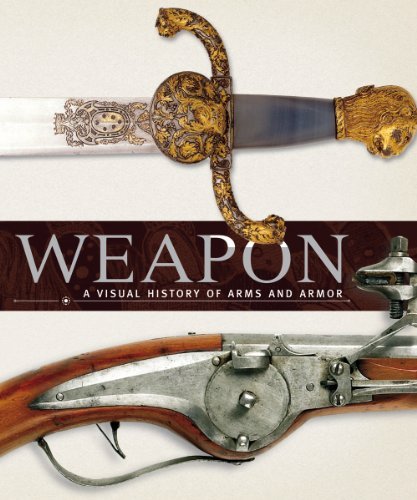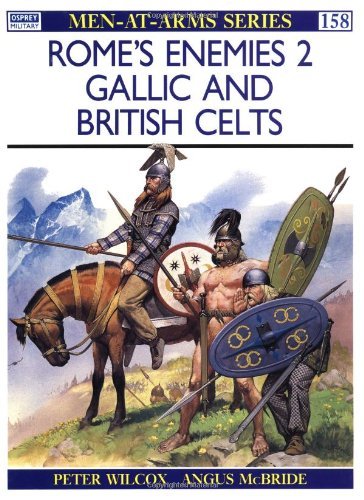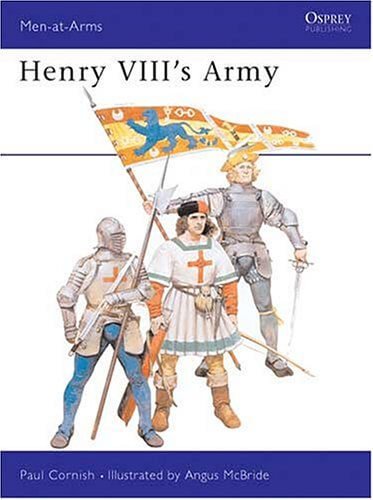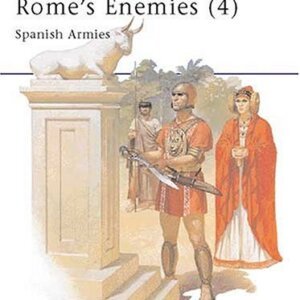“Weapon: A Visual History of Arms and Armor” by Roger Ford, R.G. Grant, et al.
The Definitive 4,000-Year Odyssey of Warfare Technology
Overview
Published by DK (Dorling Kindersley) in collaboration with the Smithsonian Institution, this visually stunning paperback (rated 5.0/5.0 with 4 glowing reviews) chronicles the evolution of weaponry from prehistoric stone axes to modern artillery. Blending museum-grade photography with scholarly analysis, it serves as both an encyclopedic reference and a timeline of human conflict, ideal for historians, collectors, and enthusiasts.
Key Features
- Chronological Mastery
- 4,000-Year Span: Traces milestones like the Viking sword (8th–11th century), Baker rifle (Napoleonic Wars), and AK-47 (Cold War icon).
- Cultural Context: Explains how weapons shaped civilizations—e.g., the Roman gladius enabling empire-building, or the longbow’s role in medieval English victories.
- Visual Immersion
- Actual-Size Displays: Catalogs weapons like the Japanese katana and M1911 pistol at 1:1 scale, annotated with weight, origin, and historical impact.
- Satellite-Relief Maps: Illustrate battlefield tactics, such as trench warfare in WWI or drone strikes in modern conflicts.
- Updated Content (2025 Edition)
- Modern Warfare: Expanded sections on AI-guided drones, cyberweapons, and hypersonic missiles.
- Historical Revisions: New insights into cannon evolution (e.g., Ming Dynasty Hongyipao vs. European culverins) and indigenous arms (Maori taiaha, Zulu iklwa).
- Educational Depth
- Warrior Profiles: Highlights figures like Samurai, Knights Templar, and Navy SEALs, linking arms to their tactical philosophies.
- Technical Schematics: Breakdowns of mechanisms, such as the flintlock ignition system or Kalashnikov gas operation.
Translation with Cultural Annotations
(Original Text Translated and Enhanced for Global Readers)
Title: Weapon: A Visual History of Arms and Armor
Authors: Roger Ford, R.G. Grant, A. Gilbert, Philip P. Parker, R. Holmes
Format: Paperback
Rating: 5.0/5.0 (4 reviews)
Full Description:
This Smithsonian-endorsed volume unveils humanity’s relentless innovation in warfare through 500+ high-resolution images and chronological catalogs. From the Bronze Age chariot to the 21st-century railgun, it decodes how tools of destruction reshaped borders, cultures, and technologies.
Key Additions for Clarity:
- Cultural Significance: The katana symbolized samurai honor (bushido), while the Tomahawk missile redefined 21st-century geopolitics.
- Comparative Analysis: Contrasts European plate armor (15th century) with Mongol composite bows, explaining their tactical advantages in respective terrains.
- Ethical Reflections: Discusses debates on nuclear deterrence and AI ethics, contextualizing weapons as double-edged tools of power and morality.
Why Global Readers Should Care:
- Compares to DK’s History of the World Map by Map but zooms into micro-histories of conflict.
- Complements academic works like Guns, Germs, and Steel by visualizing Jared Diamond’s theories on geographic determinism.







评价
目前还没有评价